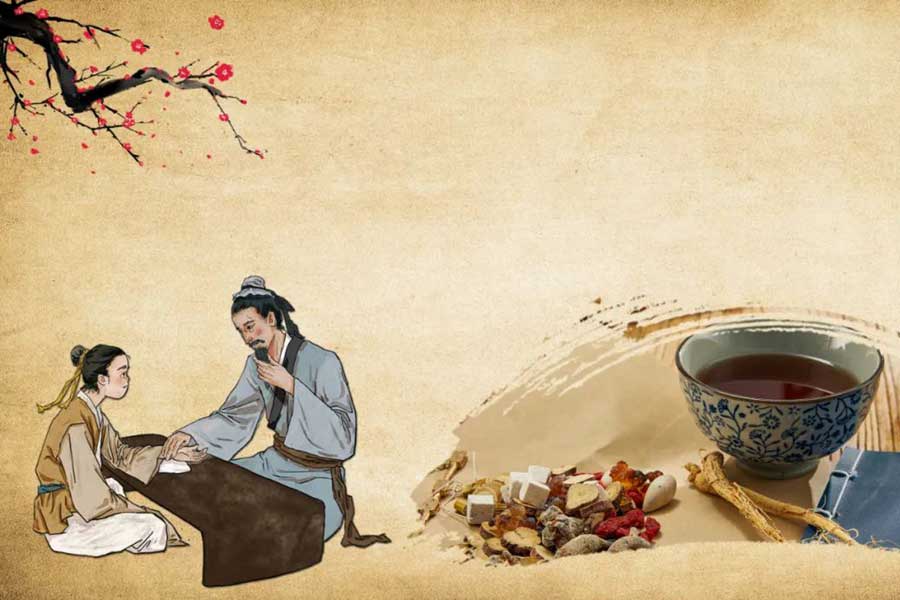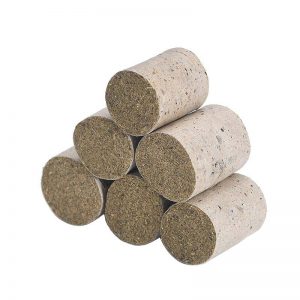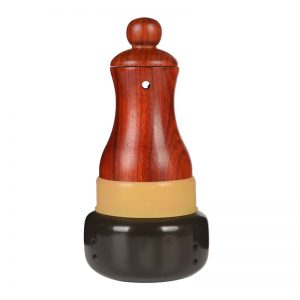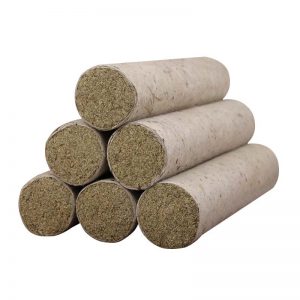With a history of nearly 3,000 years, Traditional Chinese Medicine(TCM) has formed a unique system to diagnose and cure diseases. The TCM approach is fundamentally different from that of Western medicine. In TCM, the understanding of the human body is based on the holism of the universe as described in the Taoist school, and the treatment of illness is based primarily on the diagnosis and differentiation of syndromes.
The TCM approach regards zang-fu organs as the core of the human body. Tissue and organs are connected through a network of meridian and collateral inside the human body. Qi acts as some kind of carrier of information that is expressed externally through the meridian and collateral system. Pathologically, a dysfunction of the zang-fu organs may be reflected on the body’s surface through the network. Meanwhile, diseases of body surface tissues may also affect their related zang or fu organs. Affected zang or fu organs may also influence each other through internal connections.TCM treatment starts with the analysis of the entire system, then focuses on the correction of pathological changes through readjusting the functions of the zang-fu organs.
Evaluation of a syndrome not only includes the cause, mechanism, location, and nature of the disease but also the confrontation between the pathogenic factor and body resistance. Treatment applied is not only based on the individual symptoms but also on the differentiation of syndromes. Therefore, seemingly identical diseases may be treated in different ways, and on the other hand, different diseases may result in the same syndrome and be treated in similar ways.
The clinical diagnosis and treatment in TCM are mainly based on the yin-yang and five elements theories, which are the framework that organizes the phenomena and laws of nature into the study of the physiological activities and pathological changes of the human body and its interrelationships. There are various forms of medical practice in TCM. Among all, the most commonly known TCM therapies include acupuncture, moxibustion, and herbal medicine.
Acupuncture is a holistic TCM treatment by stimulating certain points of the external body to access and align the meridian and energy flow to proper balance. Herbal medicine or herbalism, which relies on using herbs or botanical medicines of natural sources, acts on zang-fu organs internally. While these therapies are seemingly different in treatment methods, they all share the same fundamentals and insights of the nature of the human body and how it embodies in the universe. Some scientists describe the treatment of diseases through herbal medicines and acupuncture as“information therapy”.
The Theory of Yin-Yang
The philosophical origins of TCM are derived from the ancient Taoist school. Taoist school bases much of its thinking on observing the natural world and the manner in which it operates, so it is no surprise to find that the TCM system draws extensively on natural metaphors. In TCM, the metaphoric views of the human body based on observations of nature are fully articulated in the theory of yin-yang and the system of five elements.
One of the definitions of yin and yang in Chinese are bright and dark sides of an object. In Chinese philosophy, yin and yang are the terminologies associated with a wider range of opposite properties in the universe: cold and hot, slow and fast, still and moving, masculine and feminine, lower and upper, etc. In general, anything that is moving, ascending, bright, progressing, or hyperactive, including functional disease of the body, pertains to yang. The characteristics of stillness, descending, darkness, degeneration, and hypo-activity, including organic disease, pertain to yin.
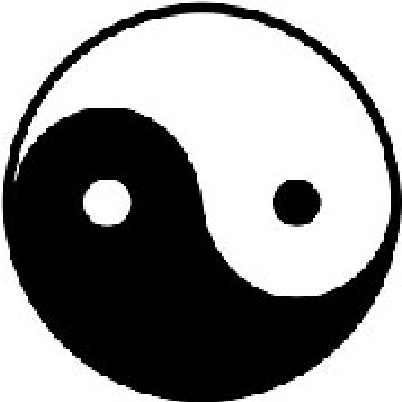
The function of yin and yang is governed by the law of the unity of the opposites. In other words, yin and yang are in conflict but at the same time mutually dependent. The nature of yin and yang is relative, with neither being able to exist in isolation. Without “cold”, there would be no“hot”; without “moving”, there would be no “still”; without “dark”, there would be no“light”.The most illustrative example of yin-yang interdependence is the interrelationship between substance and function. Only with ample substance can the human body function in a healthy way; and only when the functional processes are in good condition, can the essential substances be appropriately refreshed.
The opposites in all objects and phenomena are in constant motion and change: The gain, growth, and advance of one mean the loss, decline, and retreat of the other. For example, the day is yang and night is yin. However, morning is understood as being yang within yang, the afternoon is yin within yang, the evening before midnight is yin within yin and the time after midnight is yang within yin. The seed(yin) grows into the plant(yang), which itself dies back to the earth(yin). This takes place within the changes of the seasons. Winter(yin) turns into spring before summer(yang), which in turn transforms autumn into winter again. Given natural phenomena are balanced in the constant alternating of yin and yang, the change and transformation of yin-yang have been taken as a universal law.
Traditional Chinese Medicine holds that human life is a physiological process in constant motion and change. Under normal conditions, the waxing and waning of yin and yang are kept within certain bounds, reflecting a dynamic equilibrium of the physiological processes. When the balance is not maintained, disease occurs. Typical cases of disease-related imbalance include yin excess, yang excess, yin deficiency, and yang deficiency.
The Theory of Five Elements
Similar to the theory of yin-yang, the theory of five elements is an ancient philosophical concept used to explain the composition and phenomena of the physical universe. In TCM, the theory of five elements is used to interpret the relationship between the physiology and pathology of the human body and the natural environment. According to the theory, the five elements are in constant move and change, and the interdependence and correlated restraint of the five elements explain the complex connection between material objects as well as the unity between the human body and the natural world.
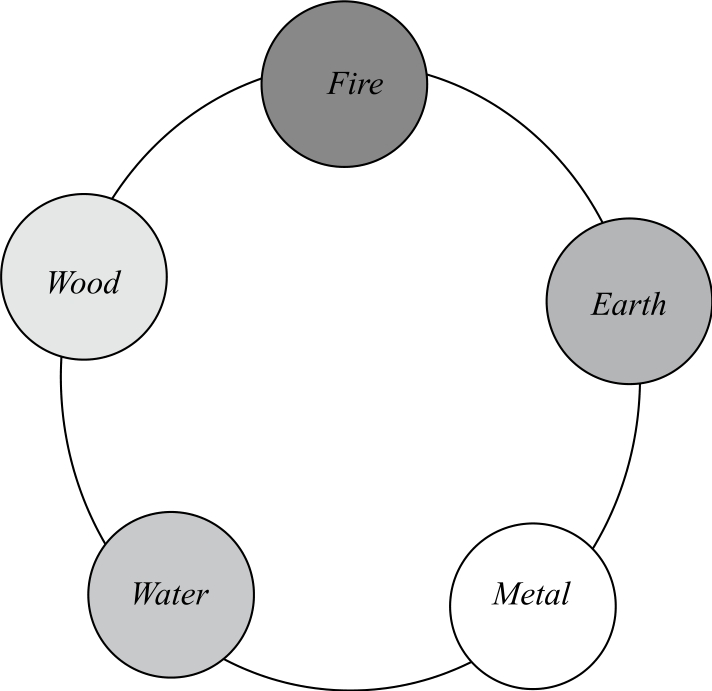
In TCM, the zang-fu organs, as well as other organs and tissues, have similar properties to the five elements. They interact physiologically and pathologically as the five elements do. By comparison, different phenomena are attributed to the categories of the five elements. Based on the characteristics, forms, and functions of different phenomena, the complex links between physiology and pathology as well as the interconnection between the human body and the natural world are explained.
The five elements emerged from the observation of dynamic processes, functions, and characteristics in the natural world. The aspects involved in each of the five elements are as follows:
- Fire: drought, heat, flaring, ascendance, movement, etc.
- Wood: germination, extension, softness, harmony, flexibility, etc.
- Metal: strength, firmness, killing, cutting, cleaning up, etc.
- Earth: growing, changing, nourishing, producing, etc.
- Water: moisture, cold, descending, flowing, etc.
The following table categories phenomena according to the five elements:
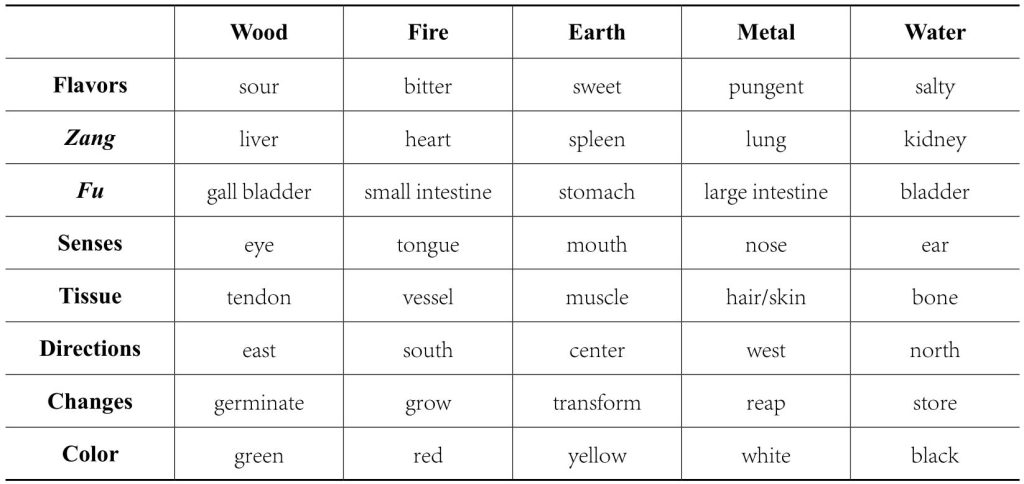
Among the five elements, a close relationship, which is classified as mutual generation or restriction under physiological conditions, and mutual over-restriction or counter-restricting under pathological conditions, exists. By mutually facilitating or restricting, functions of various systems are coordinated and homeostasis is maintained. By over-restraining or counter-restricting, pathological changes can be explained and complications can be predicted.
The order of mutual generation among the five elements is that wood generates fire, fire generates earth, earth generates metal, metal generates water and water generates wood. Each of the five elements has this type of mutual generation with other elements. Thus, generation is circular and endless.
Conversely, the order of restriction is that wood restricts earth, metal restricts wood, fire restricts metal, water restricts fire and earth restricts water. Each of the five elements also shares this restricting relationship with the other. Mutual generation and mutual restriction are two aspects that cannot be separated. If there is no generation, then there is no birth and growth. If there is no mutual restriction, there is no change and development for maintaining normal harmonious relations. Thus, the movement and change of all things exist through their mutually generating and restricting relationships. These relationships are the basis of the circulation of natural elements.
Over-restriction or counter-restricting are the pathological conditions of normal mutual generating and restricting relationships. Over-restriction denotes that the restricting of one of the five elements to another surpasses the normal level, while counter-restricting means that one of the five elements restricts the other opposite to the normal restricting order.

